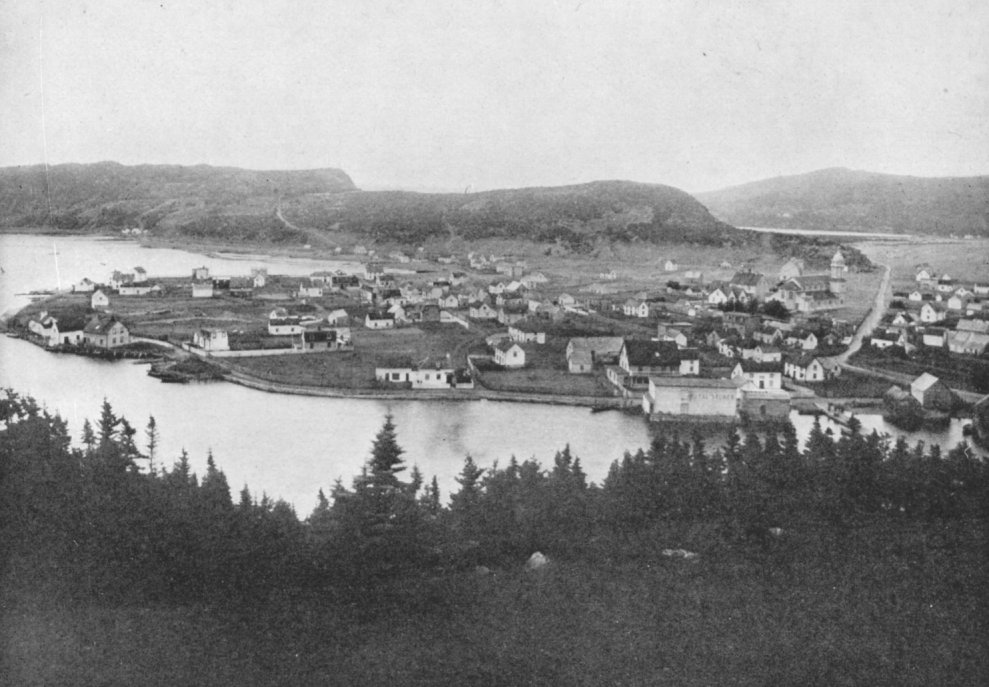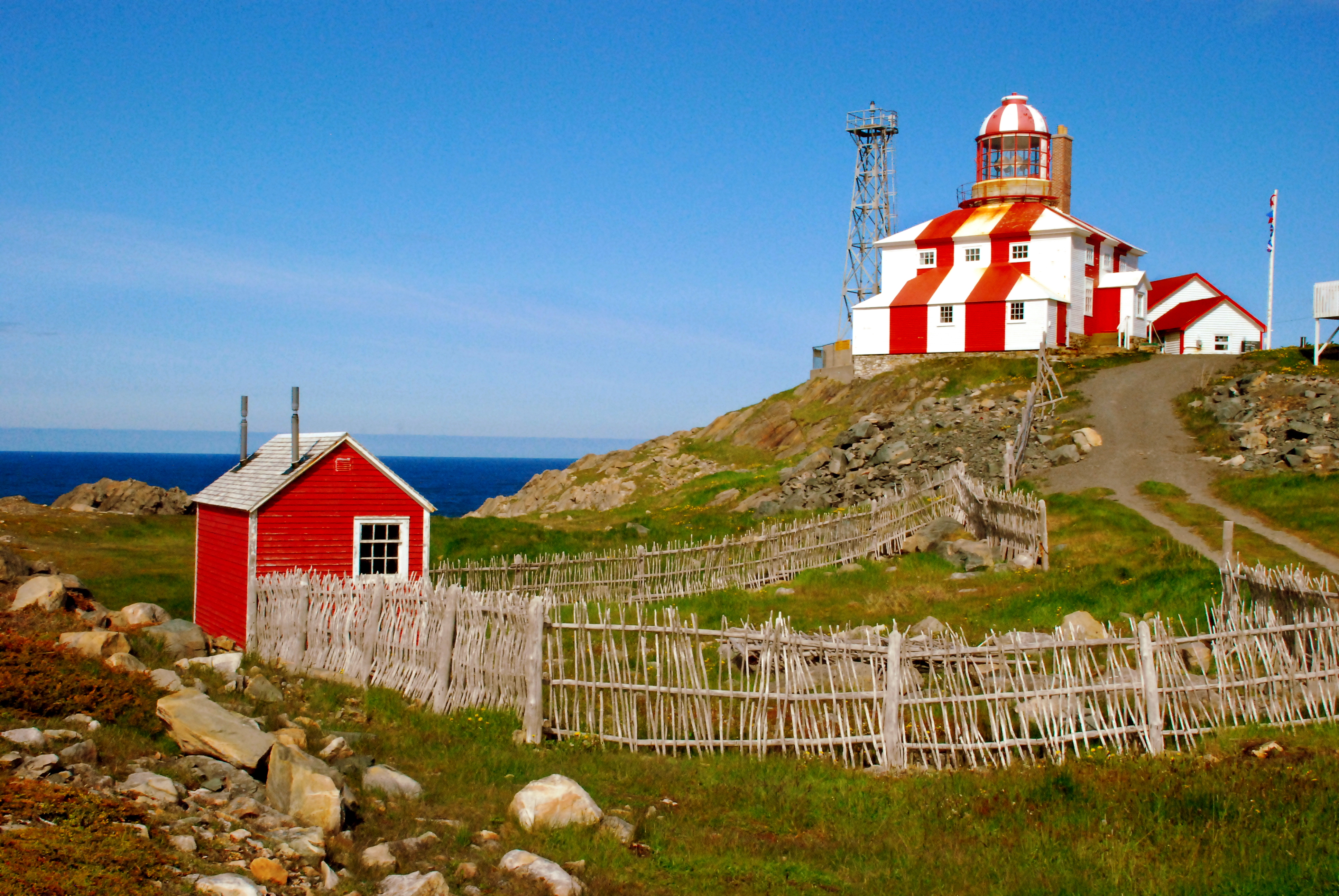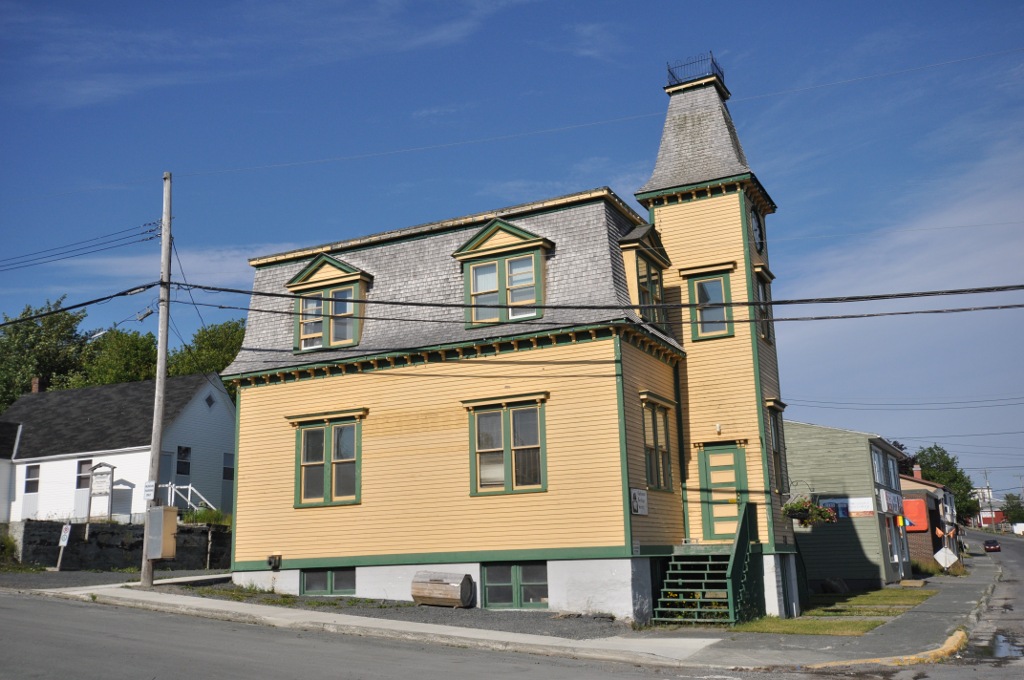|
Rail-trail
A rail trail is a shared-use path on railway right of way. Rail trails are typically constructed after a railway has been abandoned and the track has been removed, but may also share the right of way with active railways, light rail, or streetcars (rails with trails), or with disused track. As shared-use paths, rail trails are primarily for non-motorized traffic including pedestrians, bicycles, horseback riders, skaters, and cross-country skiers, although snowmobiles and ATVs may be allowed. The characteristics of abandoned railways—gentle grades, well-engineered rights of way and structures (bridges and tunnels), and passage through historical areas—lend themselves to rail trails and account for their popularity. Many rail trails are long-distance trails, while some shorter rail trails are known as greenways or linear parks. Rail trails around the world Americas Bermuda The Bermuda Railway ceased to operate as such when the only carrier to exist in Bermuda folded in 1948. ... [...More Info...] [...Related Items...] OR: [Wikipedia] [Google] [Baidu] |
Abandoned Railway
An abandoned railroad is a railway line which is no longer used for that purpose. Such lines may be ''disused railways'', ''closed railways'', ''former railway lines'', or ''derelict'' railway lines. Some have had all their track and sleepers removed, and others have material remaining from their former usage. There are many hundreds of these throughout the world. Thousands of miles of railroads have been abandoned in the United States, much of it in the 40 years from 1965 to 2005. The right of way which has been established for such a line makes it useful for other transport, such as a rail trail. Other uses are possible. For example, in 1936, farmers in Aldrich, Missouri, found various uses for the land and materials of an abandoned railway. The abandoned railway stations on the line may be put to some other use too. Reasons for abandonment Many old lines have stopped making a profit. The decision to abandon a line may be taken by a railway company or by government, as with ... [...More Info...] [...Related Items...] OR: [Wikipedia] [Google] [Baidu] |
Long-distance Trail
A long-distance trail (or long-distance footpath, track, way, greenway) is a longer recreational trail mainly through rural areas used for hiking, backpacking, cycling, horse riding or cross-country skiing. They exist on all continents except Antarctica. Many trails are marked on maps. Typically, a long-distance route will be at least long, but many run for several hundred miles, or longer. Many routes are waymarked and may cross public or private land and/or follow existing rights of way. Generally, the surface is not specially prepared, and the ground can be rough and uneven in areas, except in places such as converted rail tracks or popular walking routes where stone-pitching and slabs have been laid to prevent erosion. In some places, official trails will have the surface specially prepared to make the going easier. Historically Historically, and still nowadays in countries where most people move on foot or with pack animals, long-distance trails linked far away t ... [...More Info...] [...Related Items...] OR: [Wikipedia] [Google] [Baidu] |
Rails With Trails
Rails with trails (RWT) are a small subset of rail trails in which a railway right-of-way remains in use by trains yet also has a parallel recreational trail. Hundreds of kilometers of RWTs exist in Canada, Europe, the United States, and Western Australia. United States As of 2000, there were 1,000 rail trails in operation nationwide, comprising a total length of about 17,750 km /11,029 mi. Only 60 (387 km/240 mi) were rails with trails, up from 37 (246 km/152 mi) in 1996. Thus, on average United States rail trails are long, but the small minority of rails with trails are long. United States rails with trails with articles on Wikipedia: *California **Ohlone Greenway ** E Line ** G Line ** Sacramento Southern Railroad (SSRR) **Sonoma–Marin Area Rail Transit *Illinois **Green Bay Trail *Indiana **Calumet Trail *Maryland **Western Maryland Scenic Railroad *Minnesota **Cedar Lake Trail **Hiawatha LRT Trail **Kenilworth Trail **Midtown Greenwa ... [...More Info...] [...Related Items...] OR: [Wikipedia] [Google] [Baidu] |
Placentia, Newfoundland And Labrador
Placentia is a town located in the Canadian province of Newfoundland and Labrador. It consists of the Argentia Industrial Park and amalgamated communities of Townside, Freshwater, Dunville, Southeast, Point Verde and Jerseyside. History There is considerable evidence that Placentia Bay was intermittently occupied by Little Passage people.I. Marshall, ''A History and Ethnography of the Beothuk'' (Montréal: McGill-Queens University Press, 2014): 273. Their descendants, the Beothuk, continued to settle there until the 17th century. Remnants of Beothuk occupation from the surrounding area has been carbon dated back to as far as 1500 CE. Whether the Beothuk had come to permanently settle or just to fish has proved difficult to ascertain. By the late 17th century, the English and French settlers and fishermen had claimed the bays of Placentia.Newfoundland and Labrador Heritage Web Site, accessed March 5, 2019Disappearance of the Beothuk/ref> This effectively cut the natives off fro ... [...More Info...] [...Related Items...] OR: [Wikipedia] [Google] [Baidu] |
Newfoundland (island)
Newfoundland (, ; french: link=no, Terre-Neuve, ; ) is a large island off the east coast of the North American mainland and the most populous part of the Canadian province of Newfoundland and Labrador. It has 29 percent of the province's land area. The island is separated from the Labrador Peninsula by the Strait of Belle Isle and from Cape Breton Island by the Cabot Strait. It blocks the mouth of the Saint Lawrence River, creating the Gulf of Saint Lawrence, the world's largest estuary. Newfoundland's nearest neighbour is the French overseas collectivity of Saint Pierre and Miquelon. With an area of , Newfoundland is the world's 16th-largest island, Canada's fourth-largest island, and the largest Canadian island outside the North. The provincial capital, St. John's, is located on the southeastern coast of the island; Cape Spear, just south of the capital, is the easternmost point of North America, excluding Greenland. It is common to consider all directly neighbouring i ... [...More Info...] [...Related Items...] OR: [Wikipedia] [Google] [Baidu] |
Channel-Port Aux Basques, Newfoundland And Labrador
Channel-Port aux Basques is a town at the extreme southwestern tip of Newfoundland fronting on the western end of the Cabot Strait. A Marine Atlantic ferry terminal is located in the town which is the primary entry point onto the island of Newfoundland and the western terminus of the Newfoundland and Labrador Route 1 (Trans-Canada Highway) in the province. The town was incorporated in 1945 and its population in the 2021 census was 3,547. Port aux Basques is the oldest of the collection of villages that make up the present-day town, which consists of Port aux Basques, Channel, Grand Bay and Mouse Island. The town is called "''Siinalk''" in the Miꞌkmaq language. History Channel was settled by fisher-folk from the Channel Islands in the early 1700s. Port aux Basques refers to the harbour that was a favoured sheltering and watering place for Basque whalers who hailed from the Basque region of the Pyrenees of France and Spain during the early 16th century. After leaving the harb ... [...More Info...] [...Related Items...] OR: [Wikipedia] [Google] [Baidu] |
Stephenville, Newfoundland And Labrador
Stephenville (Canada 2021 Census population 6540) is a town in Newfoundland and Labrador, Canada, on the west coast of the island of Newfoundland. The town functions as a local service centre for the southwestern part of the island, serving a direct population of 35,000 people from surrounding areas and over 100,000 people along the entire southwestern coast of the island. The primary employer in the town was a paper mill, which closed in 2005. Stephenville has a modern 40-bed hospital (built in 2003), schools, stores, movie theater, banks, and an International Airport ( Stephenville International Airport, CYJT), year round ice free sea port (Port Harmon), and government institutions. The provincial community college system, College of the North Atlantic, is headquartered in Stephenville and maintains a campus there for students from the southwestern region of the island. The Newfoundland and Labrador Public Library system is also headquartered in Stephenville. A provincial mi ... [...More Info...] [...Related Items...] OR: [Wikipedia] [Google] [Baidu] |
Lewisporte, Newfoundland And Labrador
Lewisporte is a town in central Newfoundland, Canada, with a population of 3,288. It is situated in Burnt Bay which opens on to the Bay of Exploits. Lewisporte has a deep water port and related facilities that serve many communities in the region. History Settlers first arrived in Lewisporte, previously named Burnt Bay, and then Marshallville (after the Wesleyan Methodist Missionary William T Marshall who died in 1846), in 1887 and engaged in the prosperous fishing, logging, and ship building industries. Lewisporte is named for Lewis Miller, an enterprising Scotsman who operated a logging company in central Newfoundland. Millertown, another community in this region is also named for him. The first European settlers were attracted to the area by the huge stands of birch, spruce and pine. During the Second World War, Lewisporte was an important base of operations for the Canadian Forces. Gander's strategic location as a ‘jumping off’ point for flights going to Europe brough ... [...More Info...] [...Related Items...] OR: [Wikipedia] [Google] [Baidu] |
Bonavista, Newfoundland And Labrador
Bonavista (2021 population: 3,190) is a town on the Bonavista Peninsula, Newfoundland in the Canadian province of Newfoundland and Labrador. Unlike many Newfoundland coastal settlements, Bonavista was built on an open plain, not in a steep cove, and thus had room to expand to its current area of . Bonavista is located approximately 300km from the provincial capital of St. John's. History John Cabot (Giovanni Caboto), a freelance Italian explorer, was contracted by England's Henry VII to find new lands, and a sea route to the Orient. Cabot set sail from Bristol, England in his ship the ''Matthew'' in 1497. When Cabot first saw land he reputedly said "O Buon Vista" ("Oh, Happy Sight!") giving rise to the name of the town and nearby Cape Bonavista. Cabot landed with "a crucifix and raised banners with the arms of the Holy Father and those of the King of England". The land was inhabited, as the expedition found a trail leading inland, a site where a fire had been, and "a stick half ... [...More Info...] [...Related Items...] OR: [Wikipedia] [Google] [Baidu] |
Carbonear, Newfoundland And Labrador
Carbonear is a town on the Avalon Peninsula in Newfoundland and Labrador, Canada. It overlooks the west side of Conception Bay and had a history long tied to fishing and shipbuilding. Since the late 20th century, its economy has changed to emphasize education, health care, retail, and industry. As of 2021, there were 4,696 people in the community. History The town of Carbonear is one of the oldest permanent settlements in Newfoundland and among the oldest European settlements in North America. The harbor appears on early Portuguese maps as early as the late 1500s as Cabo Carvoeiro (later anglicized as Cape Carviero). There are a number of different theories about the origin of the town's name. Possibly from the Spanish word "carbonara" (charcoal kiln); Carbonera, a town near Venice, Italy where John Cabot (Giovanni Caboto) had been resident; or from a number of French words, most likely "Carbonnier" or "Charbonnier," meaning "coalman." In the late 20th century, historian Alwyn Ru ... [...More Info...] [...Related Items...] OR: [Wikipedia] [Google] [Baidu] |
Newfoundland Railway
The Newfoundland Railway operated on the island of Newfoundland from 1898 to 1988. With a total track length of , it was the longest narrow-gauge railway system in North America. Early construction ] In 1880, a committee of the Newfoundland Legislature recommended that a narrow-gauge railway be built from the colonial capital in St. John's, Newfoundland and Labrador, St. John's to Halls Bay, to the west. Construction was started on the Avalon Peninsula in August 1881 by the Blackman Syndicate. By 1884, the Newfoundland Railway Company had built west to Whitbourne before going into receivership. The bondholders of the bankrupt Newfoundland Railway Company continued to build a branch line from Brigus Junction to Harbour Grace (the Harbour Grace Railway), which was completed by November that year. The colonial government undertook to build a branch from the junction at Whitbourne to the port of Placentia between 1886 and 1888. Robert G. Reid The colonial government sough ... [...More Info...] [...Related Items...] OR: [Wikipedia] [Google] [Baidu] |









